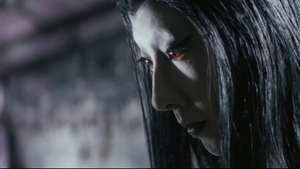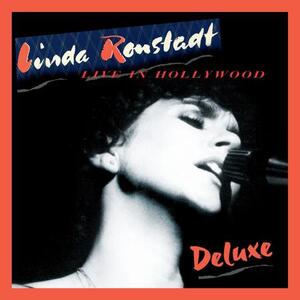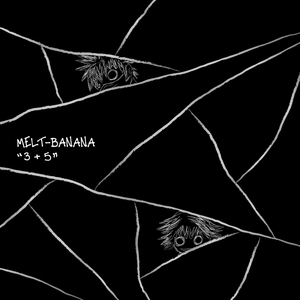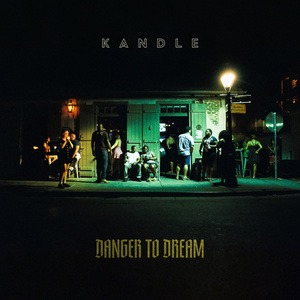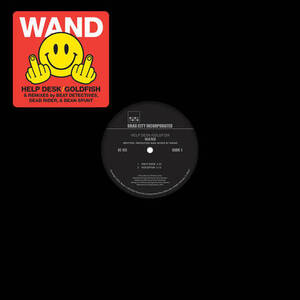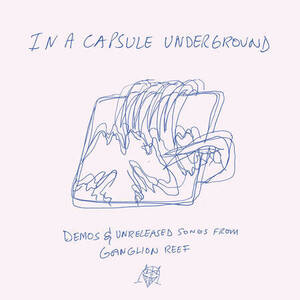Going To Pieces: The Rise and Fall of the Slasher Film
by Adam Rockoff
McFarland Publishers
“pieces”
Despite their longtime notoriety and scrutiny from conservatives the world over, horror films have continually endured in multiple forms. While too vast to explain generally, their various offshoots allow much easier boundaries to define the blood-soaked plotlines. In Going To Pieces, Adam Rockoff not only examines one major branch, the slasher film, he goes in-depth with its history, its groundbreakers, and its imitators more than any other book on the subject. Simply put, this book is for the fans written by a fan, and not some stuffy critic or psychologist who work from textbook foundations rather than from an aficionado’s perspective. This key fact makes this book all the more meaningful and enjoyable.
Beginning with the earliest forms of the slasher aesthetic with the 19th century Grand Guignol theater in Paris, where sadistic plays filled with gore, explicit sex, and adult themes were all the rage, to the early European films, Rockoff eventually settles into the era from Alfred Hitchcock’s Psycho to the slasher’s late-‘70s/early-‘80s peak. Not only does the author define the traits of a slasher, such as setting, the “Final girl,” and the revenge plotline, he also delves into many behind-the-scenes stories from our favorite films. In other words, the man did his research. Not only does he provide many critics’ harsh reactions to gratuitous films like Maniac, Driller Killer, and Friday The 13th, he provides constructive and well-supported defense of the films and even agrees with some critics statements on some movies which have absolutely no sense of morality in them.
The slasher film did have its peak around the dawn of the ’80s and Rockoff is fully aware of that. He’s quick to point out that after When a Stranger Calls, Halloween (which he rightfully spends a whole chapter praising), and Friday The 13th, originality was left to dry as the imitators saturated and eventually shriveled up the slasher genre. These include such forgettable, but guilty pleasures like April Fool’s Day, Final Exam, Home Sweet Home and better fare such as Terror Train, Prowler, Night School, and Nightmares. Connecting the web between Italian giallo horror of Argento and Fulci, and the more censored U.S brand, Rockoff expresses resentment, and for good reason, that many classics in this genre were severely cut by the MPAA. The witch hunt against horror films in this era, both by censors and critics, constantly surfaces as each film’s plot and graphic nature are revealed.
With interviews with most of the major players, from Halloween director John Carpenter to Wes Craven, Friday The 13th producer Sean Cunningham and plenty more maestros in the field, Rockoff’s research and care in crafting this detailed book is impressive. As he eventually winds down to the more satirical bent of today’s “horror” films like Scream and Urban Legend, Rockoff still views the slasher’s life span with a respectable amount of optimism. It’s past output far outweighs its present, but with many franchises still surviving and making money, it looks like the slasher at least will exist in some form or another.
They might be cheesy to some, but as witnessed in this book, there is still a great amount of time and meticulous production that went into almost all these films, regardless of how terrible some might be. For us true fans though, it is just a statement of the allure that these horror films still carry with moviegoers today. Going To Pieces is merely a near-perfect capsule in explaining its appeal and infamous aura. Be warned, though, as the only real flaw with this book, and it is understandable, is that Rockoff reveals the endings and plot twists to almost every film mentioned in the book. Regardless, it is still the most involving book to cover the topic, so curl up next to it… but make sure the doors and windows are locked first.






